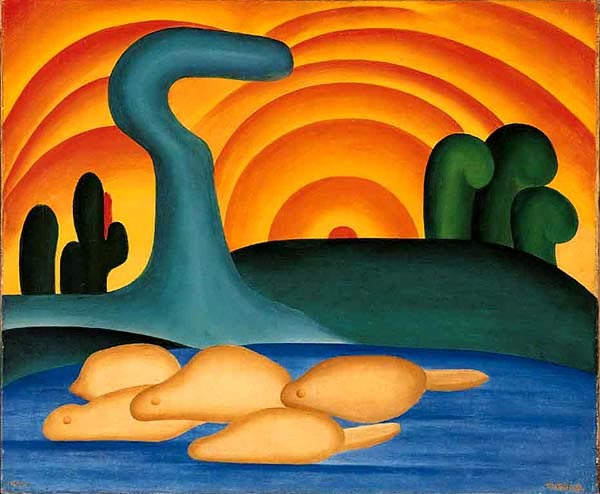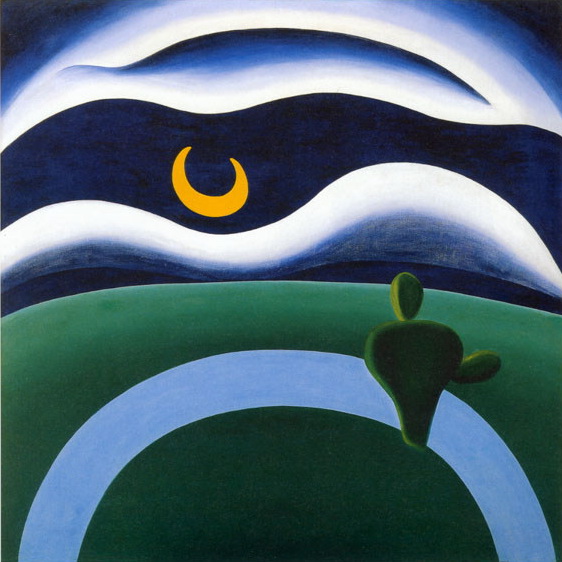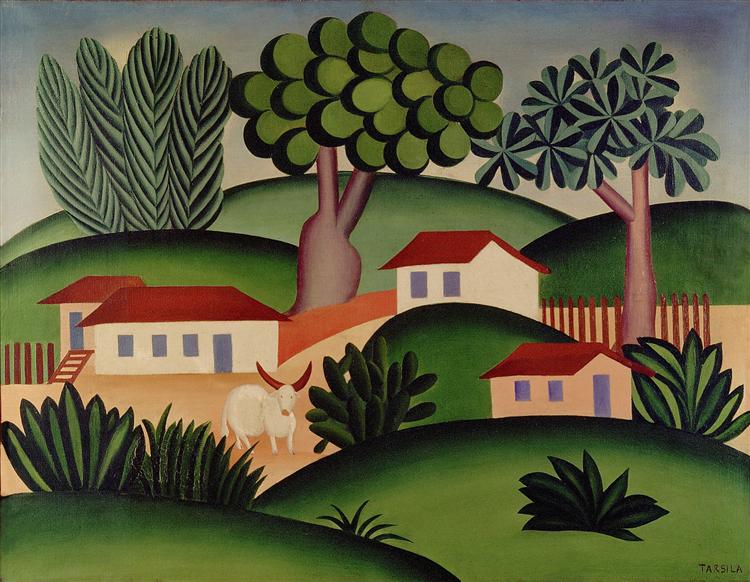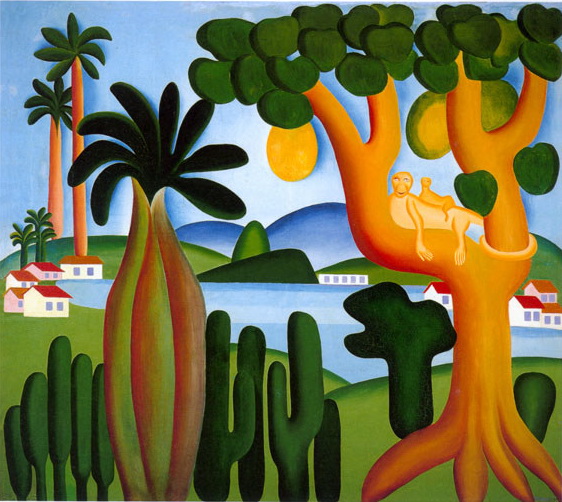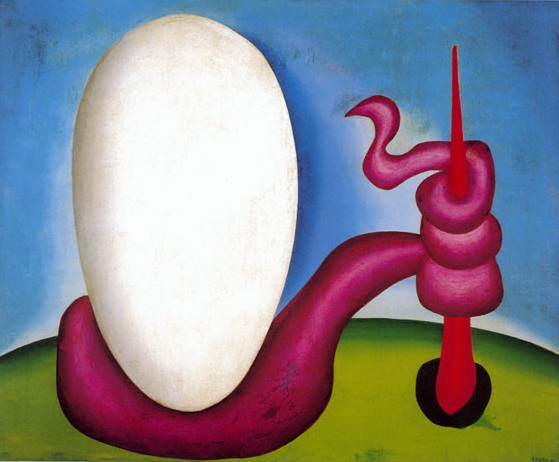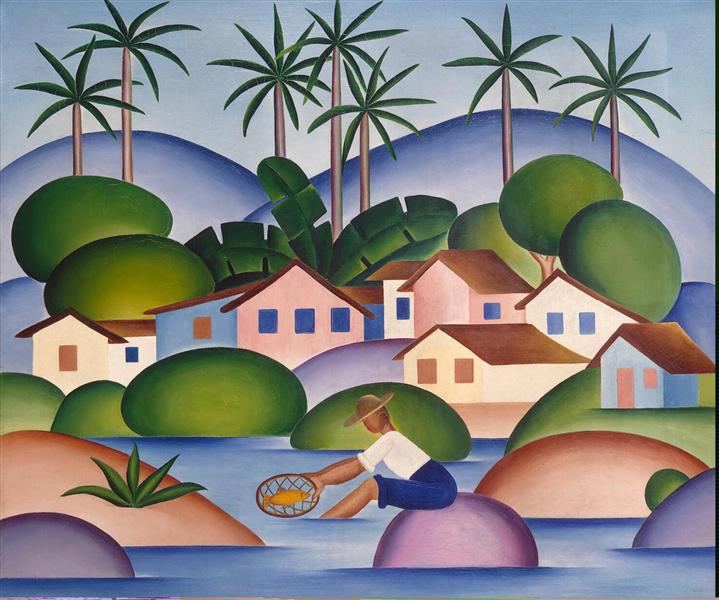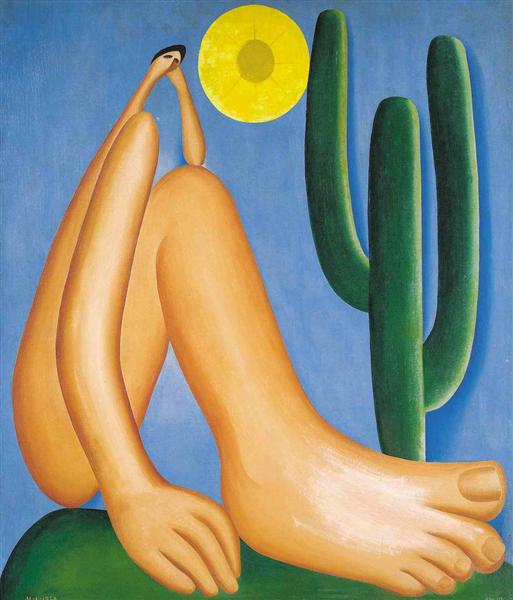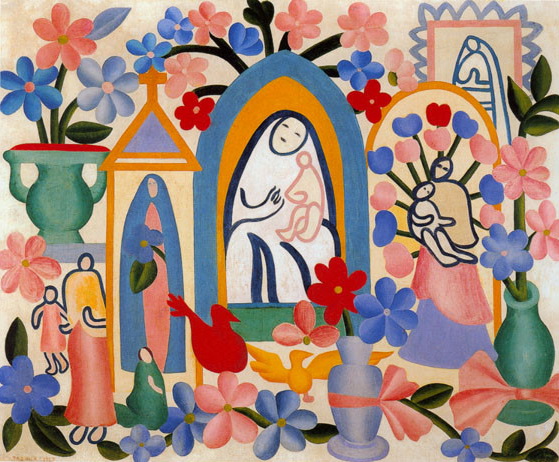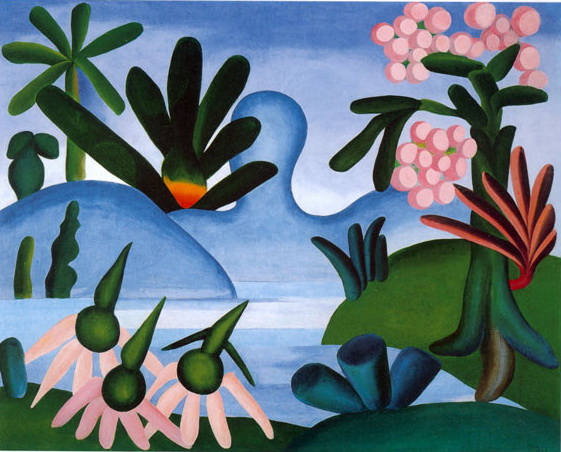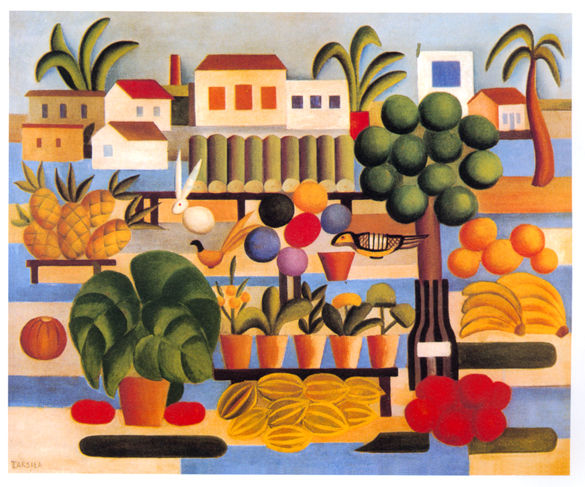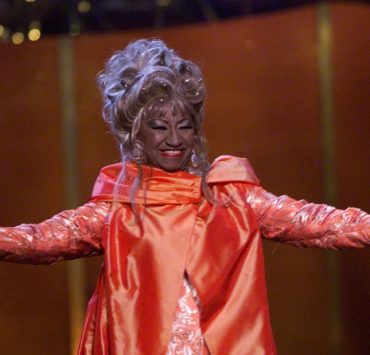Tarsila do Amaral, also known simply as Tarsila, is considered to be one of the leading Latin American modernist artists, described as “the Brazilian painter who best achieved Brazilian aspirations for nationalistic expression in a modern style.” She was a member of the Grupo dos Cinco (Group of Five), which included Anita Malfatti, Menotti Del Picchia, Mário de Andrade, and Oswald de Andrade.
Tarsila was born in the city of Capivari, part of the interior of São Paulo, Brazil, to a wealthy family who were coffee growers and landowners. Her family’s position provided her a life of privilege. Although women of privilege were not expected to seek higher education, her parents supported her educational and artistic pursuits. During her teens, Tarsila and her family traveled to Barcelona, where she attended school and first exhibited her interest in art by copying images seen in the school’s collections.
Beginning in 1916, Tarsila studied sculpture, drawing and painting. The Brazilian art world was conservative, and travels to Europe provided students with a broader education in the areas of art, culture, and society. At this time, her influences and art remained conservative.
Returning to São Paulo in 1922, Tarsila was exposed many things after meeting Anita Malfatti, Oswald de Andrade, Mário de Andrade, and Menotti Del Picchia. Prior to her arrival in São Paulo from Europe, the group had organized the Semana de Arte Moderna (“Week of Modern Art”) during the week of February 11–18, 1922. The event was pivotal in the development of modernism in Brazil. The participants were interested in changing the conservative artistic establishment in Brazil by encouraging a distinctive mode of modern art. Tarsila was asked to join the movement and together they became the Grupo dos Cinco, which sought to promote Brazilian culture, the use of styles that were not specifically European, and the inclusion of things that were indigenous to Brazil.
During a brief return to Paris in 1923, Tarsila was exposed to Cubism, Futurism, and Expressionism while studying with André Lhote, Fernand Léger, and Albert Gleizes. European artists in general had developed a great interest in African and primitive cultures for inspiration. This led Tarsila to utilize her own country’s indigenous forms while incorporating the modern styles she had studied. While in Paris at this time, she painted one of her most famous works, A Negra (1923). The principal subject matter of the painting is a large negroid female figure with a single prominent breast. Tarsila stylized the figure and flattened the space, filling in the background with geometric forms.
Later on, she incorporated Surrealist influences and, sometimes, social themes.


